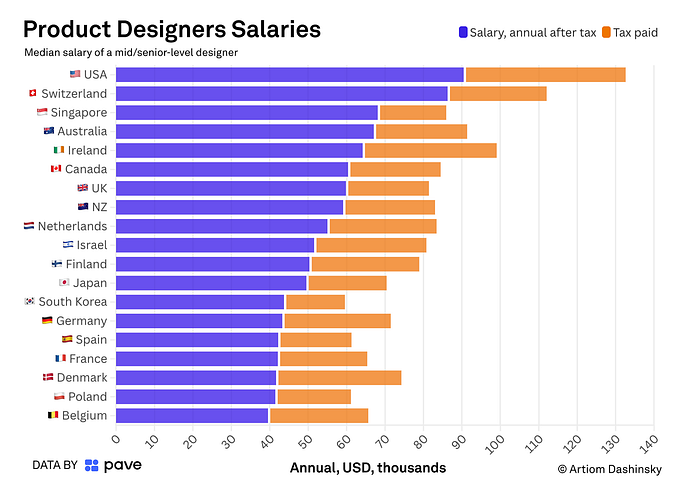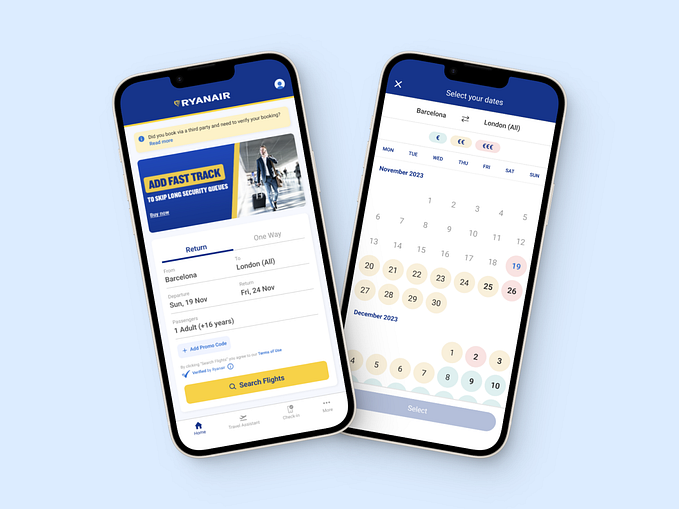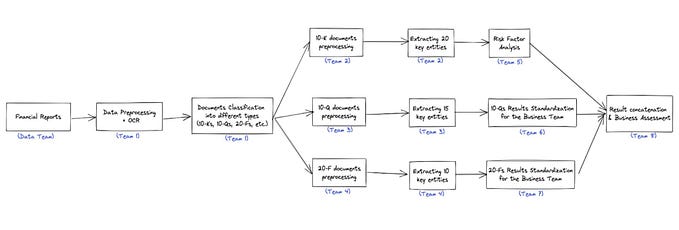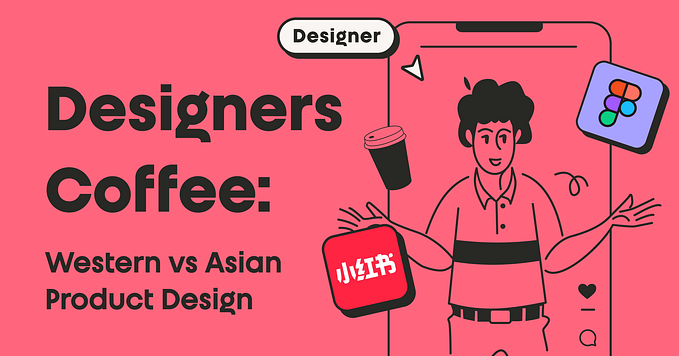What is cognitive load in UX?
Cognitive load is a mental effort that takes a user to process information reasoning and decision making. When we learn new things we load our brain to memorise new information. If the amount of information that needs to be processed exceeds the user’s ability to process it, the overall performance suffers. The cognitive load is too high.
The psychologist world describes cognitive load theory as a theory that aims to understand how the cognitive load produced by learning tasks can impede students “Ability to process new information and to create long term memories”.
Steve Krug applied cognitive load theory to web design in his influential book “Don’t think Me Think”.
Okay, Let’s see how to Minimize Cognitive Load.
- Use familiar visual cues and patterns
- Ditch unnecessary actions
- Organize Information in a manner
1.Use familiar visual cues and patterns
By using familiar elements and components you make the whole process easy for users because users intuitively understand these visual elements and they don’t have to put mental effort to figure out what to expect from actions they intend to do.

2. Ditch unnecessary actions
More actions increase more effort for the users. The fewer steps your users need to memorize and keep in the mind the less information their working memory needs to store which reduces the cognitive load. But keep in mind that don’t sacrifice meaningful actions just for reducing the number of stems when it is not necessary and can hurt usability.

3.Organize information incomprehensible visual order.
Designing layouts and navigation that prioritize relevant information in a way that’s accessible clear will go a long way in helping your users achieve their goals.

So here I indicate just a few guidelines to follow, not rules
Hope this article was helpful to you.
Thank you!










